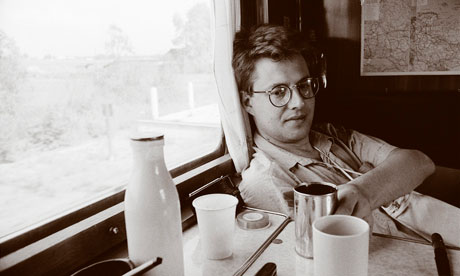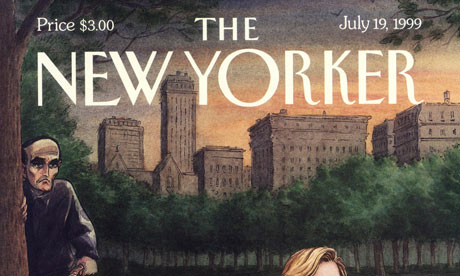
Sci-fi stories The Girl With the Dragon Tattoo author wrote when he was 17 and sent to a magazine discovered in library.
According to Sweden's deputy national librarian, Magdalena Gram, "they were donated to the national library in 2007 and well known by us. The manuscripts were an integrated part of an archive from the Jules Verne Magasinet, a magazine with science fiction materials."
The science fiction stories, written around 1970 when Larsson was 17 and called The Crystal Balls and The Flies, were sent to the magazine by the teenager in the hope of having them published, but were rejected. In his accompanying letter to the magazine, Larsson described himself as "a 17-year old guy from Umea with dreams of becoming an author and journalist". Larsson did go on to become a founding editor of the magazine Expo, and then a hugely popular author, but did not live to see all his dreams become reality.
Larsson died suddenly at the age of 50 in 2004, just a few months after selling the first book in the Millennium series and leaving completed manuscripts of the two subsequent books. There are also believed to be 200 pages of a sequel to the trilogy stored on the late author's laptop.
Given the global success of the trilogy – the books have sold 22m copies in 42 countries and a Hollywood adaptation is under way – there is likely to be massive interest in any unpublished material, despite its age.
However, the discovery is also likely to intensify the bitter dispute around Larsson's estate. When the author died intestate, his partner of 32 years, Eva Gabrielsson, lost all rights to his estate to Larsson's father and brother. In 2005, she refused an offer by the family to hand over Larsson's computer in exchange for the half of the flat she had shared with him. There is speculation that outlines for six further novels are also contained in the laptop.
Gram could not say if the stories would ever be read by a wider audience. "A national library is not a publisher. The rights to the texts are owned by Stieg Larsson's father and his brother," she said, and confirmed that the library was in contact with Larsson's heirs.
While fans devour posthumously discovered and published work, its publication does not always enhance a writer's reputation. Philip Larkin's Trouble at Willow Gables and Michaelmas Term at St Bride's, two novels of lesbian intrigue set at a girls' boarding school, published after his death in 1985, led many to agree wholeheartedly with Larkin's own note that they were "unforgettably bad". Last year saw the publication of Vladimir Nabokov's uncompleted final novel, The Original of Laura, that he had requested be destroyed upon his death. Again the critical response was overwhelmingly negative.
--
Michelle Pauli
The Guardian
Wednesday 9 June 2010


cropped.jpg)
.jpg)
cropped.jpg)
2.jpg)
Cropped.jpg)
cropped.jpg)
